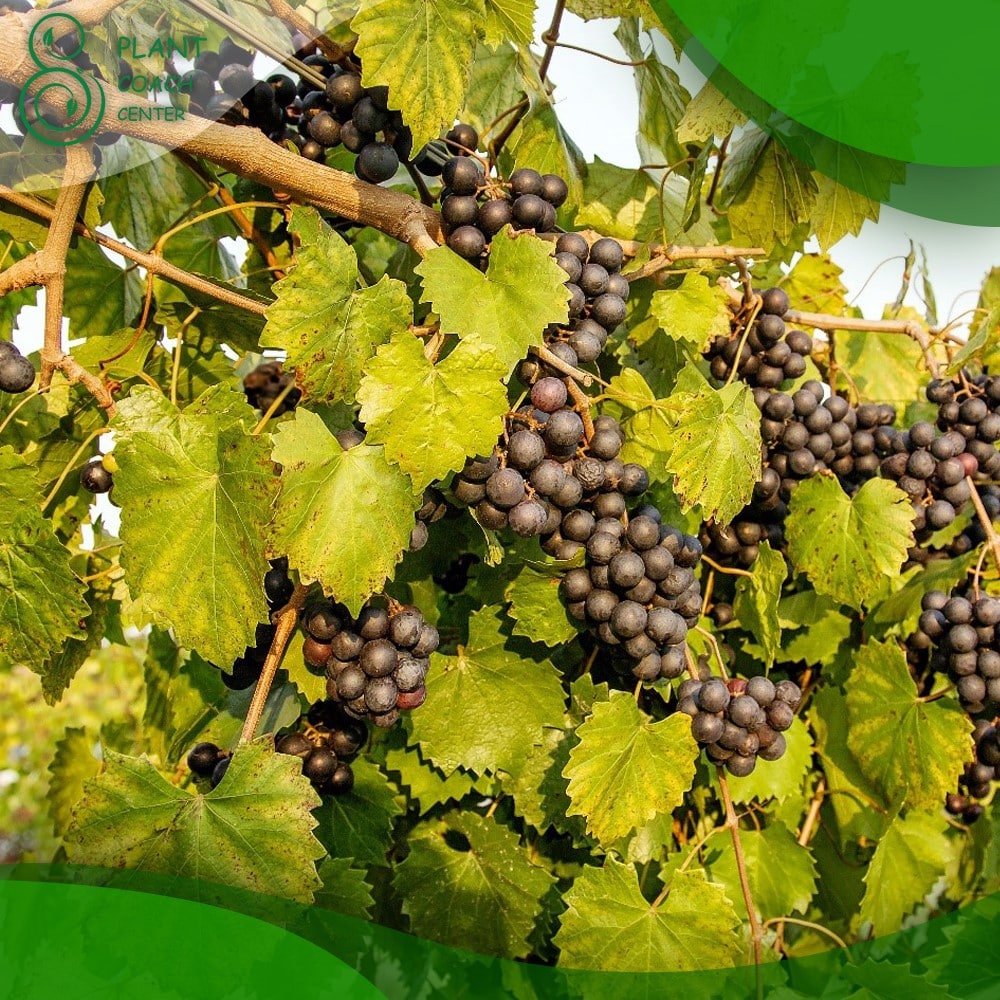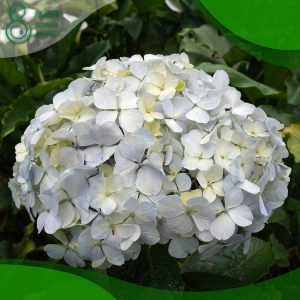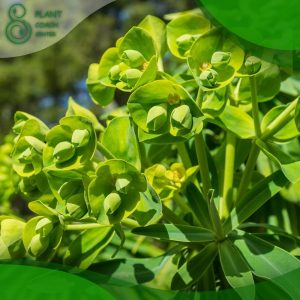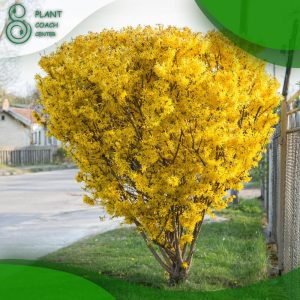Introduction to When to Prune Muscadine Vines
Welcome to this comprehensive guide on pruning muscadine vines, brought to you by Plant Coach Center. Muscadine vines are prized for their delicious grapes and vibrant foliage, but proper pruning is essential to ensure their health, productivity, and longevity.
In this article, we will explore the growth cycle of muscadine vines, the importance of pruning, and provide detailed guidance on when and how to prune throughout the seasons. Whether you’re a beginner or an experienced gardener, this guide will equip you with the knowledge and techniques to maximize the potential of your muscadine vineyard.
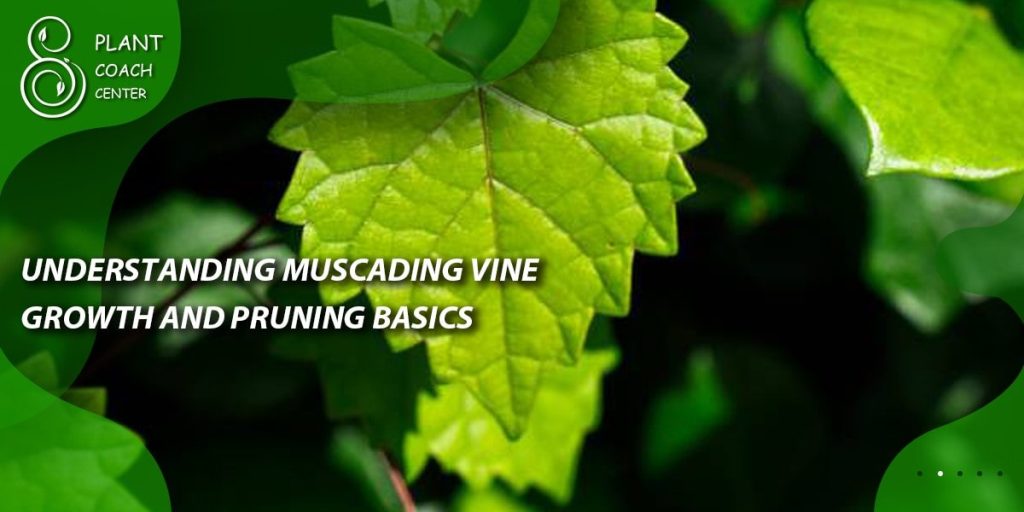
Understanding Muscadine Vine Growth and Pruning Basics
Muscadine vines, native to the southeastern United States, exhibit unique growth patterns and characteristics. To effectively prune them, it’s crucial to grasp the fundamental concepts:
- Growth Cycle of Muscadine Vines
– Dormant season: Winter is a critical period for pruning, as the vines are devoid of leaves and in their dormant state.
– Bud break and shoot development: In spring, the vines awaken from dormancy, and new shoots emerge, marking the beginning of active growth.
– Fruit development: During summer, the vines bear fruit, which ripen gradually.
– Harvest and post-harvest: Fall is the time for grape harvesting, followed by post-harvest care and preparation for winter.
- Benefits of Pruning Muscadine Vines
Pruning serves multiple purposes, including:
– Controlling vine size and shape
– Enhancing air circulation and sunlight penetration
– Promoting healthy growth and development of new fruiting wood
– Removing diseased or damaged wood
– Managing vine vigor and productivity
- Tools and Equipment for Pruning
To ensure precise and efficient pruning, gather the following tools:
– Pruning shears or loppers
– Pruning saw
– Hand pruners
– Gloves for protection
– Disinfectant for sterilizing tools between cuts
Factors Influencing Pruning Timing
Several factors impact the ideal time to prune muscadine vines:
- Regional Climate Considerations
– Understanding your specific USDA hardiness zone and local climate conditions will help determine the optimal pruning schedule.
– Frost dates and average temperatures play a crucial role in determining the timing of pruning tasks.
- Specific Muscadine Varieties and Cultivars
– Different muscadine varieties may have variations in their growth patterns, fruiting habits, and pruning requirements.
– Consult the specific recommendations for your chosen variety to ensure the best pruning practices.
- Vine Age and Health
– Young muscadine vines require different pruning techniques and considerations than mature vines.
– The overall health and vigor of the vine also influence the pruning approach.
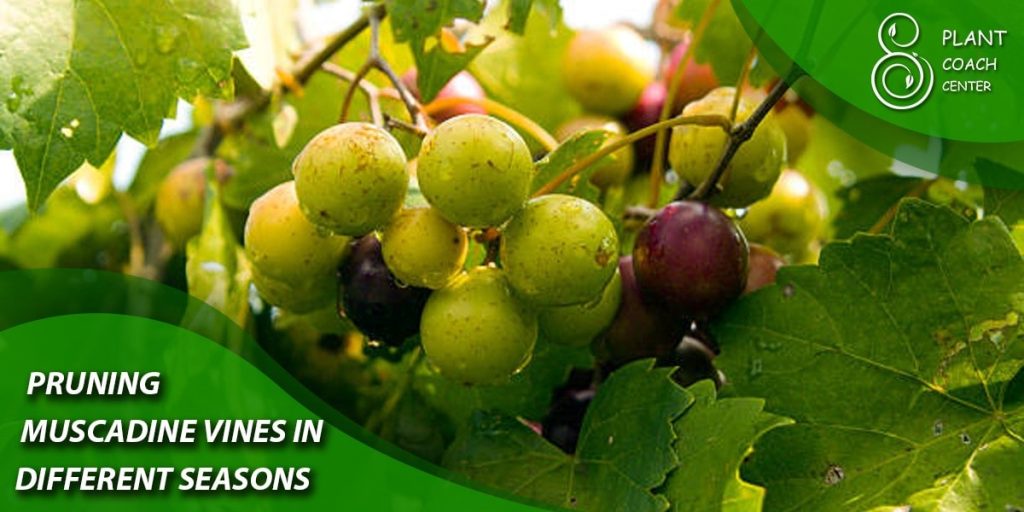
Pruning Muscadine Vines in Different Seasons
- Winter Pruning: Dormant Season Care
Winter is a crucial time to prune muscadine vines as they are in their dormant state. Here are important considerations:
- Pruning Objectives and Techniques
– Remove dead or damaged wood: Trim any canes that show signs of disease or winter damage.
– Structural pruning: Address any overcrowding or crossing branches to maintain an open canopy.
– Pruning young muscadine vines: Train and shape young vines by selecting the strongest canes and removing weaker ones.
- Timing and Techniques for Spring Pruning
– Prune before bud break: Aim to prune before new growth appears, typically in late winter or early spring.
– Spur pruning: Shorten lateral branches, leaving a few buds on each spur.
- Promoting Healthy Shoot Development
– Encourage new fruiting wood: Prune to promote the growth of strong, productive shoots.
– Balance vegetative and fruiting growth: Maintain a balance between shoots that bear fruit and those that provide foliage.
- Spring Pruning: Preparing for New Growth
Spring is a critical time to prepare muscadine vines for robust growth and fruitful harvest:
- Timing and Techniques for Spring Pruning
– Prune before bud break: Aim to prune before new growth appears, typically in late winter or early spring.
– Spur pruning: Shorten lateral branches, leaving a few buds on each spur.
- Promoting Healthy Shoot Development
– Encourage new fruiting wood: Prune to promote the growth of strong, productive shoots.
– Balance vegetative and fruiting growth: Maintain a balance between shoots that bear fruit and those that provide foliage.
- Managing Overgrown Vines
– Renewal pruning: Address overgrown vines by removing old, unproductive wood and encouraging new growth.
- Summer Pruning: Maintenance and Canopy Control
Summer pruning focuses on maintaining vine health and managing canopy density:
- Benefits and Challenges of Summer Pruning
– Improved airflow and disease prevention: Thinning the canopy helps reduce humidity and disease susceptibility.
– Reducing shade: Prune to allow sunlight to reach the fruiting zone and enhance grape quality.
- Controlling Vine Size and Canopy Density
– Remove excessive growth: Thin out excessive shoots and remove suckers.
– Canopy thinning: Prune to maintain an open canopy, allowing for better light penetration and air circulation.
- Pruning for Optimal Sunlight Exposure
– Positioning shoots for sunlight: Train and position shoots to maximize exposure to sunlight.
– Leaf removal techniques: Consider leaf removal in specific areas to enhance sunlight penetration.
- Fall Pruning: Post-Harvest Care and Preparing for Winter
Fall pruning is essential for maintaining vine health and preparing muscadine vines for the dormant season:
- Importance of Fall Pruning
– Remove spent canes: Prune away canes that have finished fruiting to improve airflow and reduce disease risk.
– Assess vine health: Inspect for signs of pests, diseases, or nutrient deficiencies.
- Removing Unwanted Growth and Spent Canes
– Prune for disease prevention: Remove any diseased, damaged, or dead wood.
– Thinning the canopy: Prune to maintain an open structure, allowing for better airflow and light penetration.
– Spent cane management: Remove canes that have completed fruiting, leaving behind healthy canes for the next season.
- Protecting Vines from Cold Weather
– Prune to manage vine vigor: Adjust pruning techniques to balance vine vigor and protect against winter damage.
– Insulating the base: Consider protecting the base of the vine with mulch or other winterization measures.
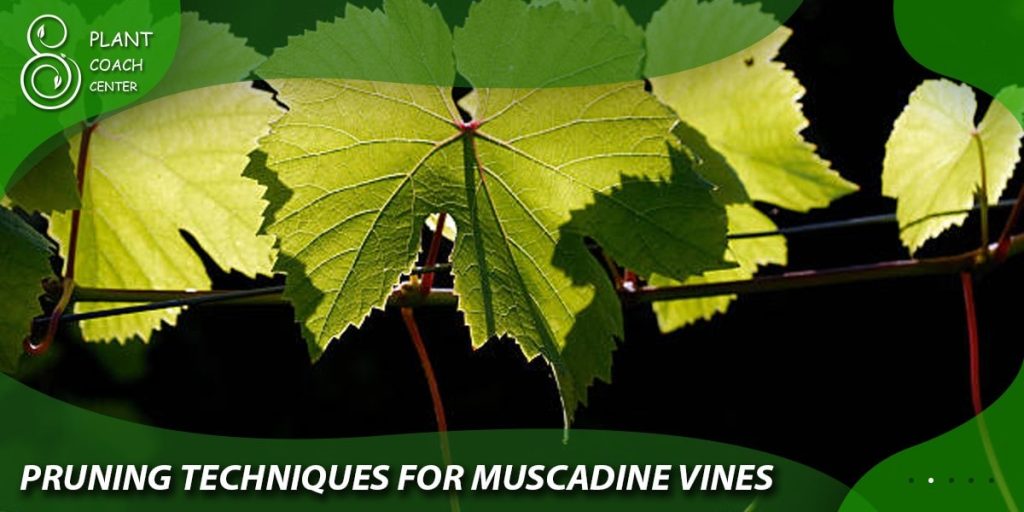
Pruning Techniques for Muscadine Vines
- Selective Pruning: Choosing Which Canes to Remove
– Assessing cane health: Remove canes that show signs of disease, damage, or low productivity.
– Retaining productive canes: Keep healthy, well-positioned canes that will bear fruit in the upcoming season.
- Cane Pruning vs. Spur Pruning
– Cane pruning: Selecting and training new canes each year for fruit production.
– Spur pruning: Retaining permanent arms or cordons and pruning lateral branches or spurs.
- Pruning Young Muscadine Vines vs. Mature Vines
– Training young vines: Establish a strong framework by selecting and training well-placed canes.
– Pruning mature vines: Focus on maintaining a balance between vegetative growth and fruiting wood.
Common Pruning Mistakes and How to Avoid Them
- Improper Timing and Frequency of Pruning
– Understand the specific growth habits of muscadine vines and prune accordingly.
– Avoid excessive or untimely pruning that may negatively impact fruit production.
- Over-Pruning or Under-Pruning
– Strive for a balance between removing excessive growth and maintaining enough foliage for photosynthesis.
– Avoid excessive removal of canes, which can lead to reduced yield or vine stress.
- Neglecting Disease and Pest Management During Pruning
– Incorporate disease and pest management practices during pruning to prevent the spread of pathogens.
– Regularly monitor vine health and address any issues promptly.

Pruning Techniques for Muscadine Vines
- Selective Pruning: Choosing Which Canes to Remove
– Assessing cane health: Remove canes that show signs of disease, damage, or low productivity.
– Retaining productive canes: Keep healthy, well-positioned canes that will bear fruit in the upcoming season.
- Cane Pruning vs. Spur Pruning
– Cane pruning: Selecting and training new canes each year for fruit production.
– Spur pruning: Retaining permanent arms or cordons and pruning lateral branches or spurs.
- Pruning Young Muscadine Vines vs. Mature Vines
– Training young vines: Establish a strong framework by selecting and training well-placed canes.
– Pruning mature vines: Focus on maintaining a balance between vegetative growth and fruiting wood.
Common Pruning Mistakes and How to Avoid Them
- Improper Timing and Frequency of Pruning
– Understand the specific growth habits of muscadine vines and prune accordingly.
– Avoid excessive or untimely pruning that may negatively impact fruit production.
- Over-Pruning or Under-Pruning
– Strive for a balance between removing excessive growth and maintaining enough foliage for photosynthesis.
– Avoid excessive removal of canes, which can lead to reduced yield or vine stress.
- Neglecting Disease and Pest Management During Pruning
– Incorporate disease and pest management practices during pruning to prevent the spread of pathogens.
– Regularly monitor vine health and address any issues promptly.
Troubleshooting Common Muscadine Vine Problems
- Identifying and Addressing Disease Issues
– Powdery mildew: Prune affected parts and consider applying appropriate fungicides.
– Downy mildew: Remove infected foliage and apply preventive fungicides.
– Black rot: Prune and dispose of infected canes and fruit clusters.
- Managing Pest Infestations
– Japanese beetles: Handpick or use organic insecticides to control infestations.
– Grapevine moth: Prune and destroy affected fruit clusters and consider pheromone traps.
- Nutrient Deficiencies and Imbalances
– Yellowing leaves (chlorosis): Assess soil pH and consider applying appropriate amendments or fertilizers.
– Nitrogen deficiency: Prune and remove excessive vegetative growth to redirect energy to fruiting.
Advanced Pruning Techniques for Specialized Situations
- High-Density Planting Systems
– Spur pruning in high-density systems: Focus on maintaining a balance between canopy density and fruiting potential.
– Canopy management techniques: Utilize techniques such as hedging and shoot positioning to optimize light exposure.
- Espalier Training and Pruning
– Training against a flat surface: Prune to maintain a structured and controlled growth pattern.
– Spur pruning for espalier: Retain spurs along the main branches to encourage fruiting.
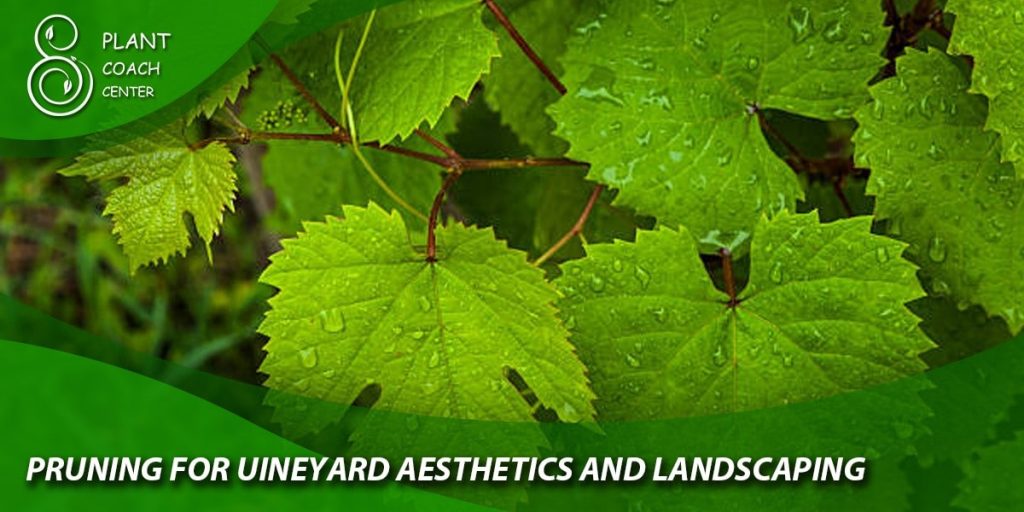
- Pruning for Vineyard Aesthetics and Landscaping
– Topiary pruning: Shape vines into artistic forms while maintaining their health and productivity.
– Pruning for visual appeal: Create desired architectural elements by carefully pruning the vine structure.
Conclusion
In conclusion, pruning muscadine vines is an essential practice for ensuring healthy growth, maximizing fruit production, and maintaining vineyard longevity. By understanding the growth cycle, mastering pruning techniques, and considering seasonal factors, you can successfully manage your muscadine vineyard.
Remember to adapt pruning practices to your specific climate, vine variety, and vine age for optimal results. With the knowledge gained from this comprehensive guide, you can confidently prune your muscadine vines like a seasoned plant coach.
Remember to visit plantcoachcenter.com for more information and resources on plant coaching and gardening tips. Happy pruning and bountiful harvests await you.
When is the best time to prune muscadine vines?
Prune muscadine vines during the dormant season in winter.
Why is pruning important for muscadine vines?
Pruning enhances vine health, controls growth, and promotes fruit production.
How often should I prune muscadine vines?
Prune muscadine vines annually, adjusting techniques based on vine age and growth.
What tools do I need for pruning muscadine vines?
Pruning shears, saw, hand pruners, gloves, and disinfectant are essential tools.


